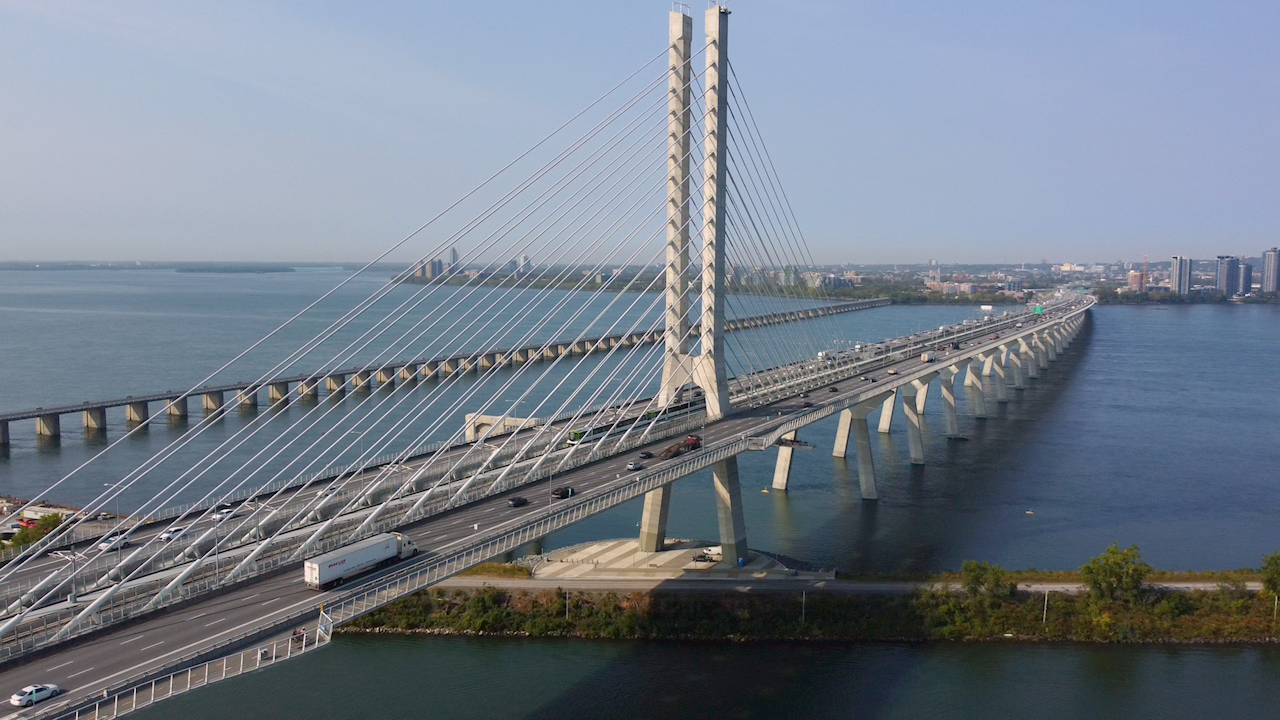Garbage was always fond of travel and the invention of the plastic containers was like offering it air miles. Plastics are light and durable, can be carried on the wind or along streams, and even the tiny proportion of them that is designed to be biodegradable is long-lasting. Non biodegradable plastic can last for centuries while so called biodegradables last long enough to migrate to places where they aren’t wanted before breaking down into polymers. They all pollute.
There are places in the ocean where plastics concentrate because of oceanic currents. The biggest is the Pacific Trash Vortex, also called the North Pacific Gyre. The chemicals and bits of plastic they eat are ingested by wildlife. If these fish or birds can digest the material it disrupts their metabolism as well as entering the food chain – it ends up on our dinner plate. If they can’t, it kills them.
A lot of this stuff is dumped off ships but to blame the marine industry would be unfair, as it has been estimated that as much as 80 percent of the junk in the sea is land-generated.
While the mining industry is very conscious of the need to meet environmental standards, the focus is often on things like groundwater flows and tailings management, refurbishment. The waste stream from mining operations is often less well managed and sites generate a considerable outflow of plastic containers, bottles and the like.
While improvements have been made for training personnel to bring-in & take-out their garbage, there is still much to be done to educate field workers about not throwing their empty water or drink bottles in the bush. Some of them do not care.
If plastic waste is not found or picked up, it will remain there for decades, hundreds, or even thousands of years, or it may travel an amazing journey from very far inland into the ocean.
In remote operations where it is neither easy nor cost effective to ship out plastic waste, burning permits are set in place. In this case, plastic from mineral exploration or mining activities becomes a direct contributor of CO2 and other toxic and noxious emissions into the atmosphere.
Because burning plastic in more established camps and mine sites is not permitted any longer due to better and stricter environmental regulations, mining managers truck camp plastic refuse to nearby towns or cities to be recycled or disposed in landfills or incinerators.
Mining operations take very little notice or attention at the disposal and transportation costs, and the contribution of plastic waste to their overall operational CO2 footprint.
Camp managers chuck these costs into the business as usual category or into the “free” backhaul advantage.
Once their plastic waste arrives into town, especially in countries where they do not have recycling programs, their plastic waste contribution ends up in landfills or worse, in waterways.
Mining camps can do much benefit to their operational cost savings by proving reusable containers for drillers and equipment operators instead of constantly buying disposable plastic or aluminum containers and plastic bags for workers to carry their lunches.
Mining camps can provide staff with company-logoed swag in the form of reusable bottles and strategically placed water fountains to refill them instead of spending enormous monthly amounts of money on bottled water. In many cases both water, and bottle go to waste when people just take one sip and forget it in the trucks or workshops.
All mining stages will benefit from creating a bin program for waste-stream management to separate their garbage at source in the maintenance shop, at the diamond drill, workshop, and in the lunchroom.
Larger mining companies, if so inclined and forward thinking, can cut fuel costs by implementing Refuse Derived Fuel practices and operations into their claims or in partnerships with local landfills where the economic returns are seen in the offset fuel costs when the company uses the fuel internally.












